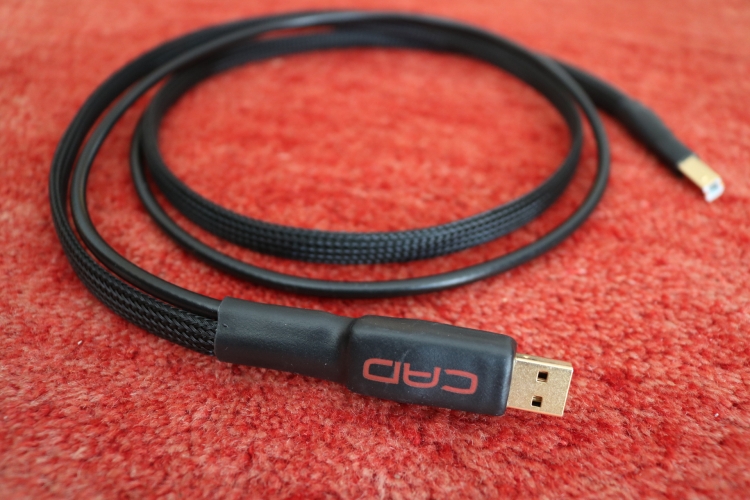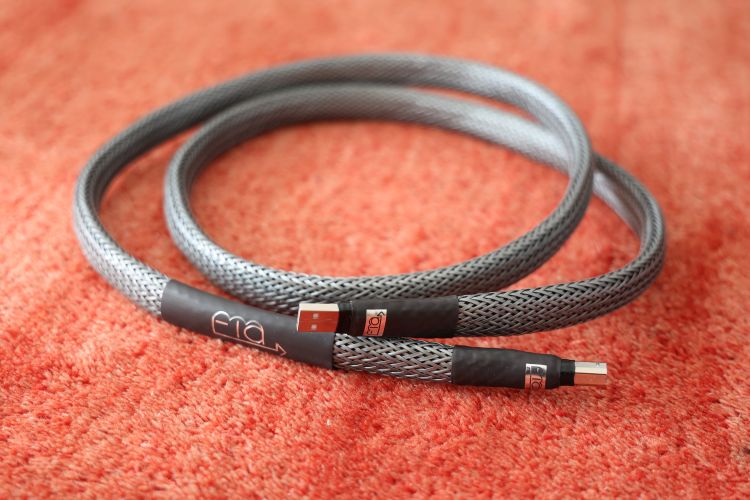I appreciate your comments. Maybe you over analyze a tiny bit, but I do appreciate your curiosity. The great thing is that you don't necessarily have to spend a substantial budget to discover high-quality USB or Ethernet cables. There are excellent options available without breaking the bank.
Personally I will simply relay what I hear. And what others recommend.
Admittedly the Sablon website is a little abstract. Maybe better to read a little here:
https://whatsbestforum.com/forums/sablon-audio.390/
You could contact Mark at
sablonaudio@gmail.com. But I would keep it simple, do not start with the most high end USB cable. And give it some time, like 30 days ;-). It will give you at least a reference point.
If you like to read more I can recommend a few USB cable reviews by Christiaan Punter. Being skeptical himself, some time ago, over the years he compared many, many USB cables (no Sablon though). Very well written, he always explains clearly the whole setup and also compares with other similar devices/equipment/cables.
This cable offers a unique combination of technical accuracy and sonorous, full-bodied, natural and organic sound.

www.hifi-advice.com
The following intro compares different digital connections and also what to ''hear for'' in a better USB cable.
After all the USB cables that I reviewed, at some point, I truly felt that I had heard it all and there were no more surprises for me in store. Against this backdrop, it's an absolute joy to come across a new product that is so evidently superior to everything that came before it.

www.hifi-advice.com















